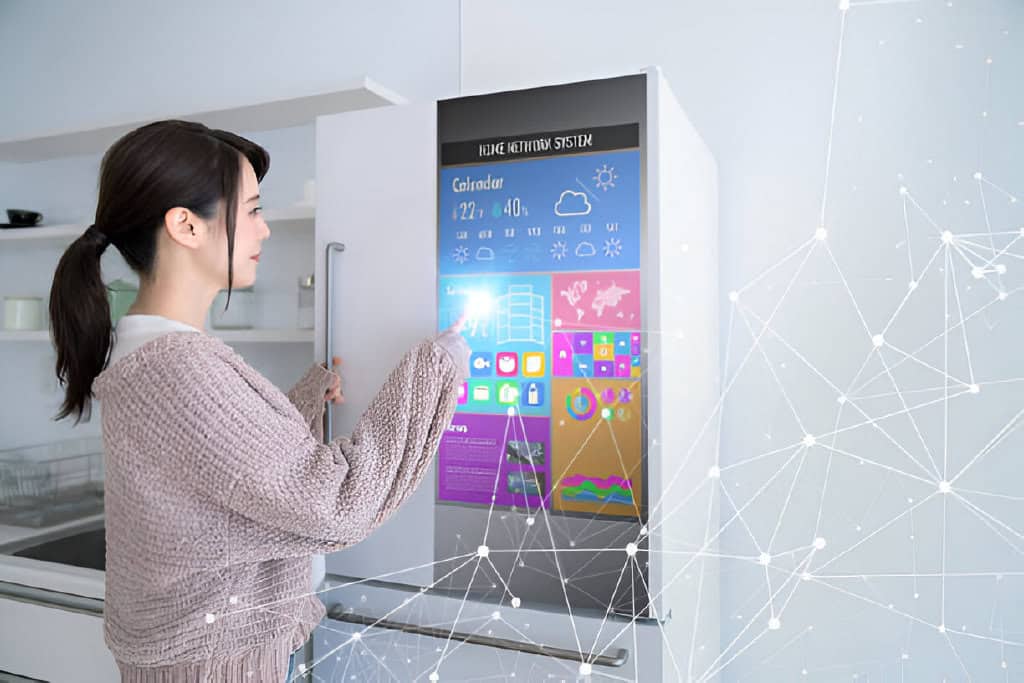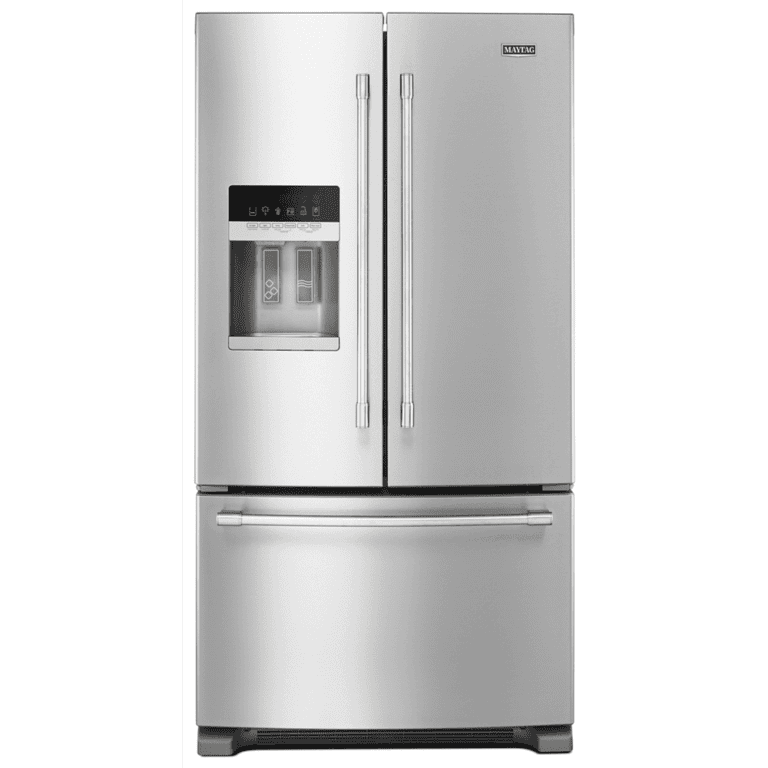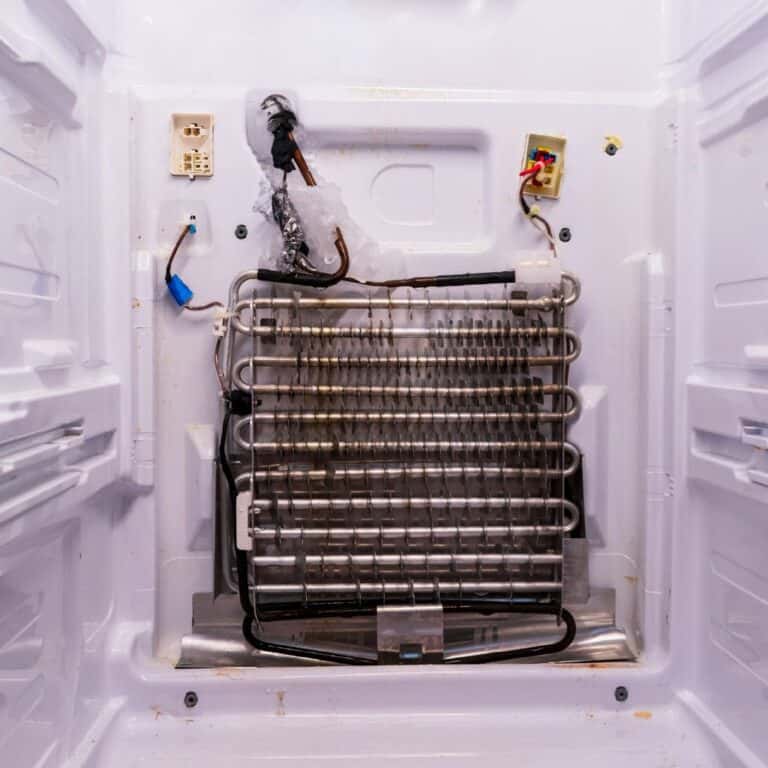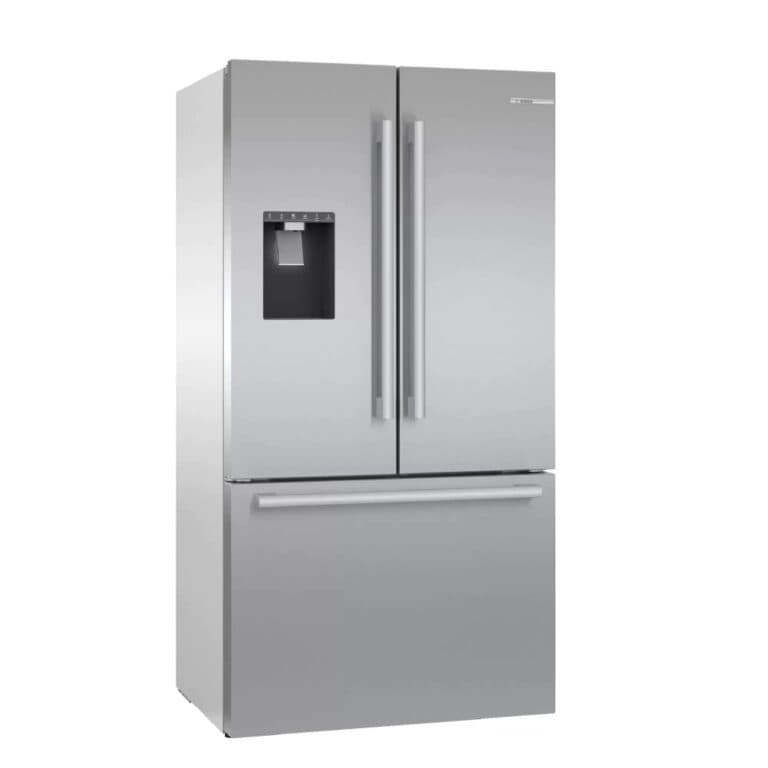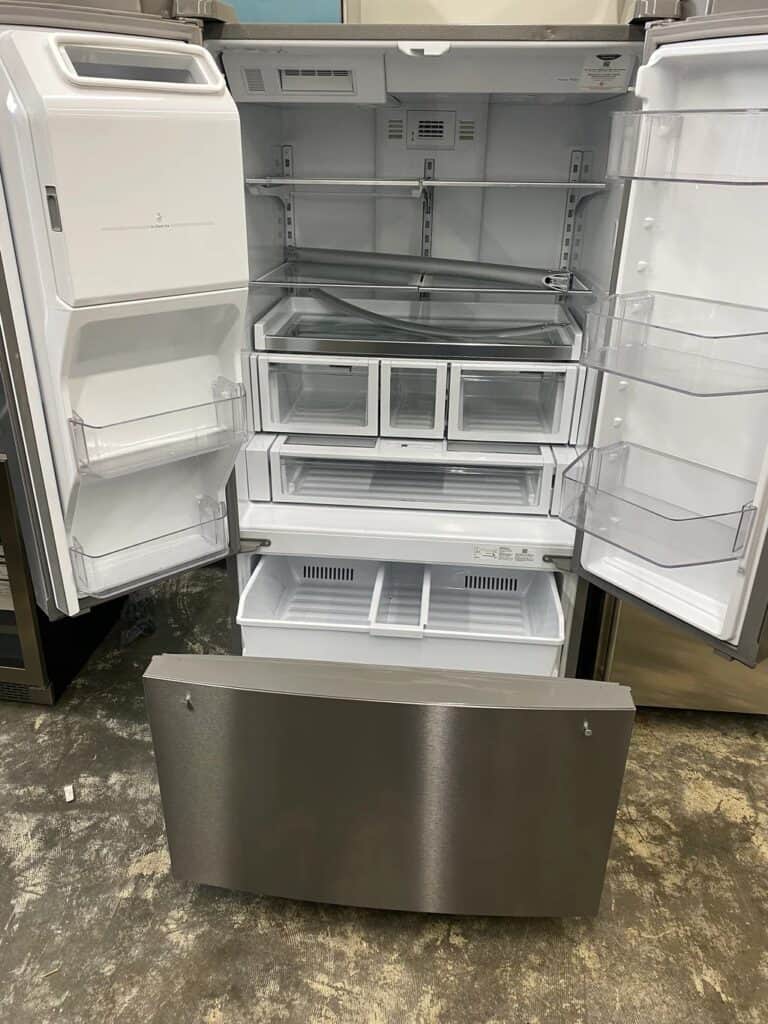Is Your Next Fridge a Smart One? Exploring the Future of Appliances
There was once a time where the standard refrigerator was enough to excite all on its own.
Before the electrical fridge was invented, the methods of keeping food cool were pretty basic, but it seems we’ve already grown bored of what they can do, and now we need something even more futuristic to hold our food. Enter, the smart fridge.
What is a smart fridge, and are they worth it?
A smart fridge is one that’s connected to the cloud, and it has all of the same freezing and cooling properties of a standard fridge but with connectivity to your home and features like cameras and ice monitors.
They can cost close to double the price of a regular fridge, but with only a few extra features, so their worth is debatable.
If you’ve been thinking about upgrading your fridge to a smart one, you’ll want to know exactly what you’re getting for your money and whether it’s worth the price.
We’re here to show you the cool features that the modern smart fridge has and where it could also let you down, so you can make up your mind whether this tech is for you.
What Are Smart Fridges?
A smart refrigerator is a programmed refrigerator that connects to your internet at home.
In addition to freezing and cooling like a regular fridge, it also keeps track of the items inside through a barcode system, or RIFD, on each item and has cameras installed inside the appliance.
These days, there is a range of other smart features that make them more convenient and fun to use. As with the other smart tech in your home, the smart fridge connects to the Internet of Things within your home.
That means you’re able to control it remotely or from the kitchen without opening the door, using a special app or system hub that can be accessed on your computer or smartphone.
You can program the fridge to do other functions in line with your existing smart systems like appliances, lighting, security, and heating and cooling.
The earliest models of smart fridges were invented in the early 2000s, and at this point, the key feature they had was being able to check the items within your fridge and communicate it to you.
The refrigerator was able to scan barcodes within the fridge to compile a digital list of what’s in there. From there, you could see when something needed replacing or check whether or not you had a product while you were out doing your grocery shop.
The most basic smart fridges feature an internal camera, barcode system, and ability to connect to the internet.
They can be controlled with a touch display on the front and are controllable by other mediums like phones, laptops, and smart home hubs, and depending on the model, come with a range of other noteworthy and futuristic features.
The Coolest Features of Smart Fridges
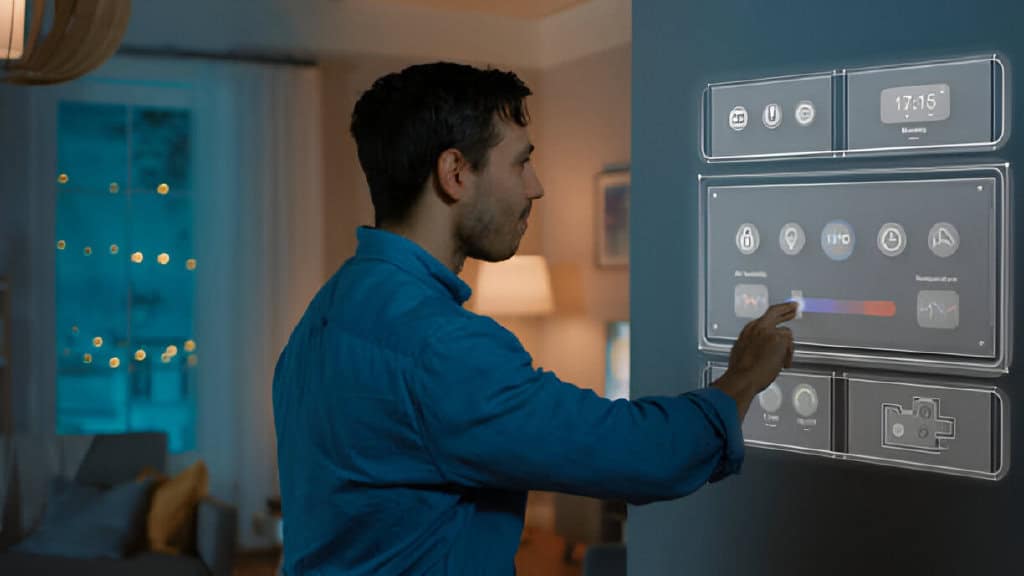
Smart fridges of today have evolved a lot further, and so too has their price.
These tech products are for those who want a futuristic touch in their kitchen, and they go well with homes that are already on their way to becoming smart. Here are some of the cool features that modern smart fridges come with:
Internal Cameras
Cameras are installed inside of the refrigerator to give the user a full view of what’s inside their fridge, and some have transparent display screens to look inside without opening the door.
The cameras can be accessed when you’re at the supermarket or another room of the house, and it shows you what’s inside or what might be running low without having to look for yourself.
Contents Display
Using the barcode scanner, or RIFD, the smart fridge compiles a list of everything that’s inside. You can access this list remotely so that you know what products are there and how much you have.
Newer models can even compile recipes based on the contents of your fridge so you don’t have to wonder about what to make for dinner.
Track Food
A smart fridge allows you to create automated grocery lists that sync to your phone just with its cameras and scanners and can program expiry dates of things like milk to notify you when they’re coming close to needing replacement.
Media Screen
A full digital display on the front door of the fridge allows you to watch TV as you cook, display photos and videos of family and friends, and even let you browse the internet.
Interactive Displays
You can use a smart fridge as a communication tool for the whole family that allows you to leave notes, create to-do-lists, and coordinate schedules.
With the ability to make your own profile, you can have a calendar that keeps track of all of your family’s appointments where everyone can see it.
Smart Fridge Apps

There are additional apps you can install on your smart fridge depending on the make and model, including those that read recipes to you as you cook or read audiobooks to you.
Smart Home Hub
Some brands of smart fridges can be used as hubs for all other smart devices at home.
From here, you can control the home’s lighting, heating, and cooling and sync it with other kitchen appliances like the oven or microwave.
Phone Calls
Make voice-activated phone calls from your fridge without having to touch anything with your messy hands as you cook in the kitchen.
Controlled Cooling
Fully customized cooling options can be controlled by the user with a smart fridge.
If you need to bring the temperature up or down a few degrees or have one compartment cooler than the other, it’s adjustable by using the smart fridge’s dedicated app.
Are They Worth the Cost?
The very first smart fridge, the LG Internet Digital DIOS, was released in the year 2000 and retailed for around $20,000 at the time.
Although the cost of smart fridges has come down considerably since then, they might still be out of the reach of the regular household’s budget.
The most basic model of smart fridge, running on technology that’s a few years old by today’s standards, costs around $3,000.
Newer models with all of the bells and whistles and large capacity can cost upwards of $20,000 and sometimes more. When you consider the level of convenience they bring with smart technology to the home, it would depend on the user as to whether or not it would be worth the cost.
If you’re in the market for a nice fridge and are considering something like this, comparable models like those with French doors or extra compartments can cost a few thousand dollars as well, and that’s without any smart features.
Again, it depends entirely on the owner and whether they’ll make use of gadgets and features; otherwise, it appears to be a waste of money.
The Fridges of the Future
There’s no doubt that one day fridges will all come with these smart features as standard, but until then they might be out of the reach of the average family.
While their convenience certainly comes in handy, a lot of features aren’t a necessity for everyday life, so unless you can afford the higher price, your regular fridge should do just fine.
Fridges are just one way that our home appliances are being given the smart treatment and there’s still so much potential for what they’re capable of.
For now, it’s exciting to see the ways our fridges have evolved from somewhere cool to keep our food to a household organizer and media center, and that’s surely just the beginning.
Related Questions
Owning a smart refrigerator is just one modern way you can bring your home into the 21st century and get a much-needed boost of convenience.
If you’ve been thinking about switching to a smart fridge but want to know a little more about them, we’ve got the answers you might be looking for.
What Is The Internet Of Things?
Smart appliances and systems like fridges all connect to each other in the home through something called the Internet of Things.
This system is how all the digital machines and computing devices transfer data to each other, usually relying on your home WIFI network to do so.
How Long Does A Smart Fridge Last?
A standard household refrigerator can usually last 10 years or more, but due to the added tech and features of smart fridges, they might not last as long.
A smart fridge with a touch screen, internal cameras, and barcode systems will be more likely to experience technical faults that can be expensive to repair, sometimes making it cheaper to get a new fridge altogether.
